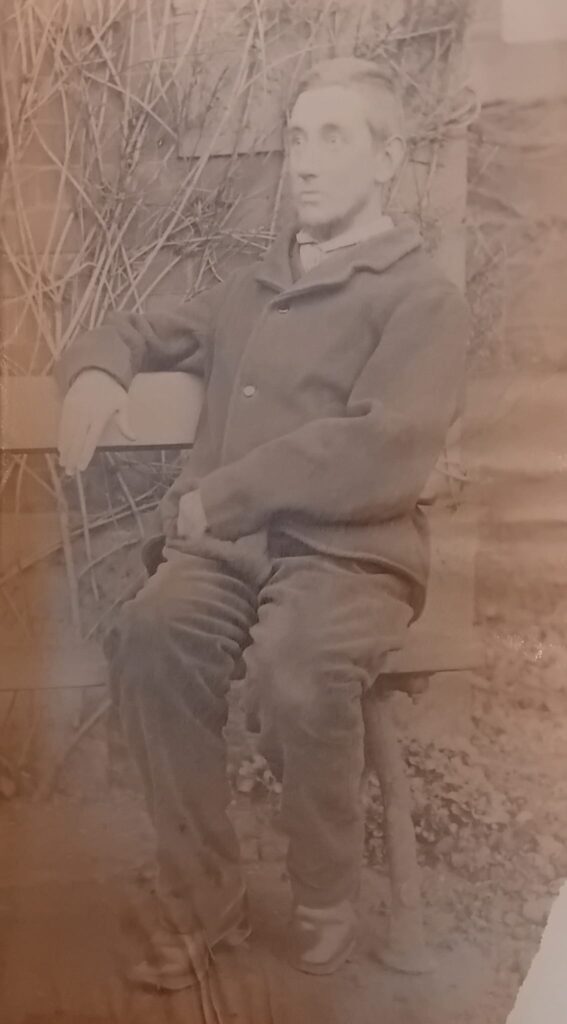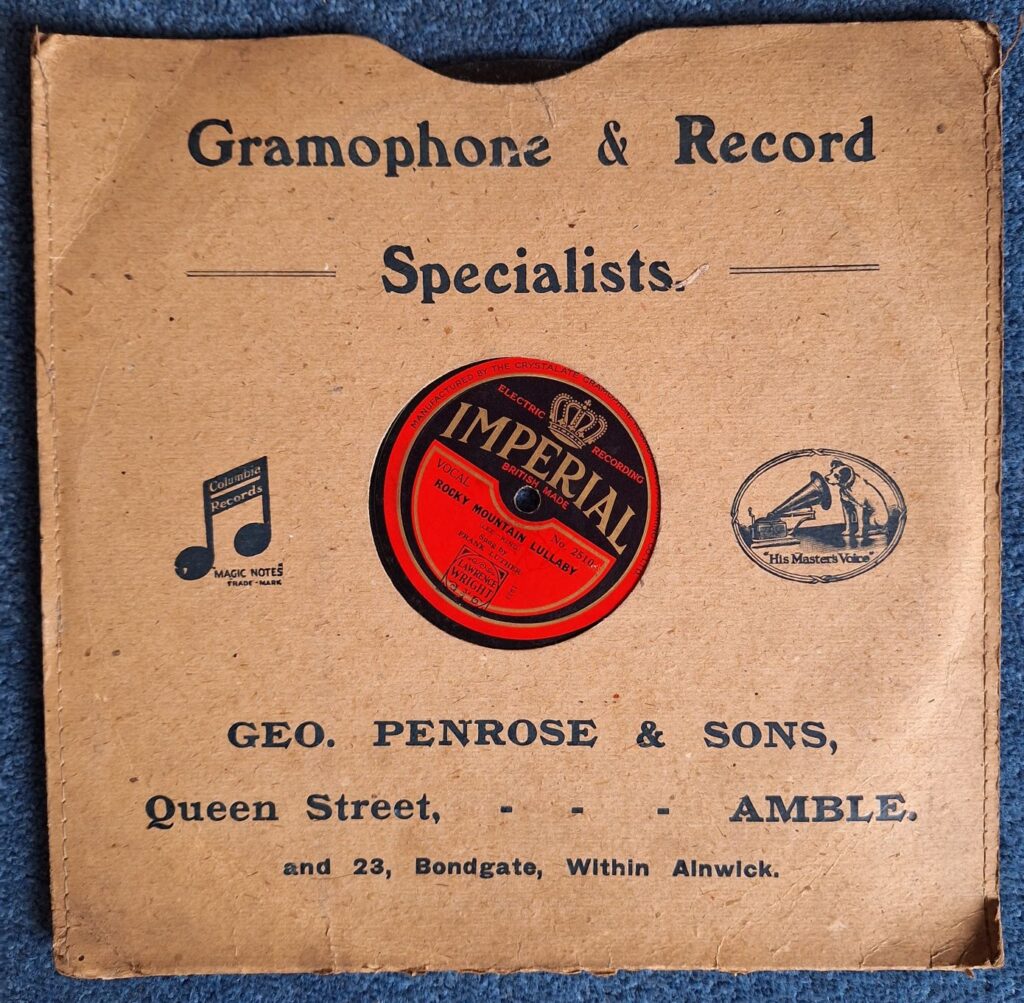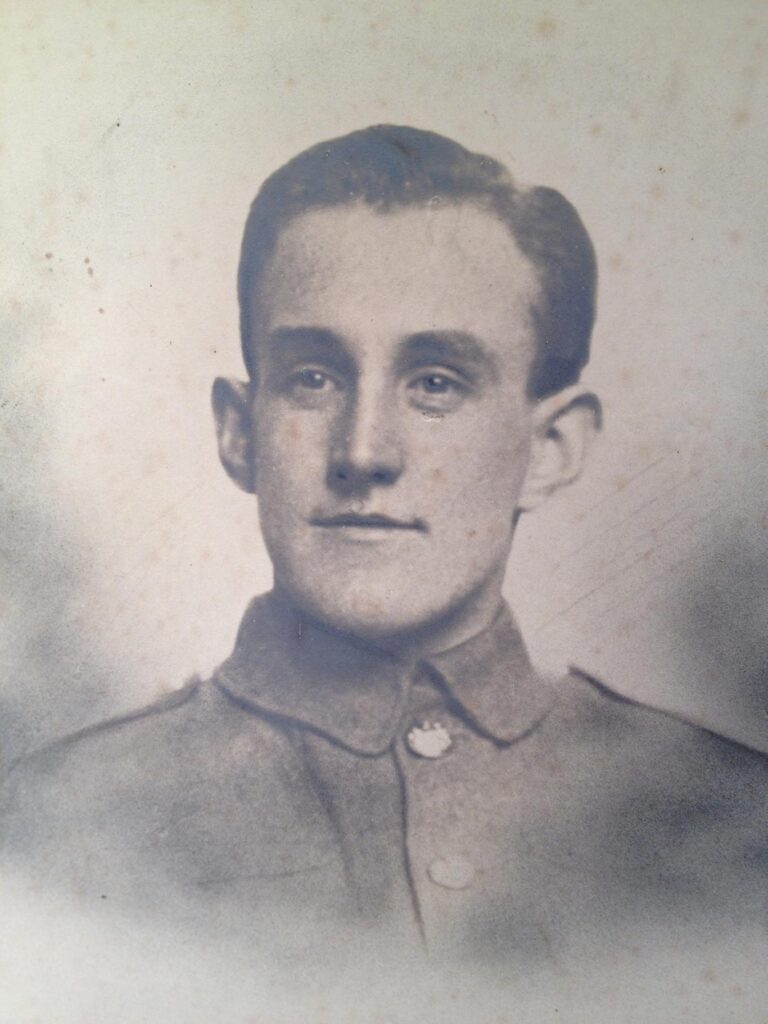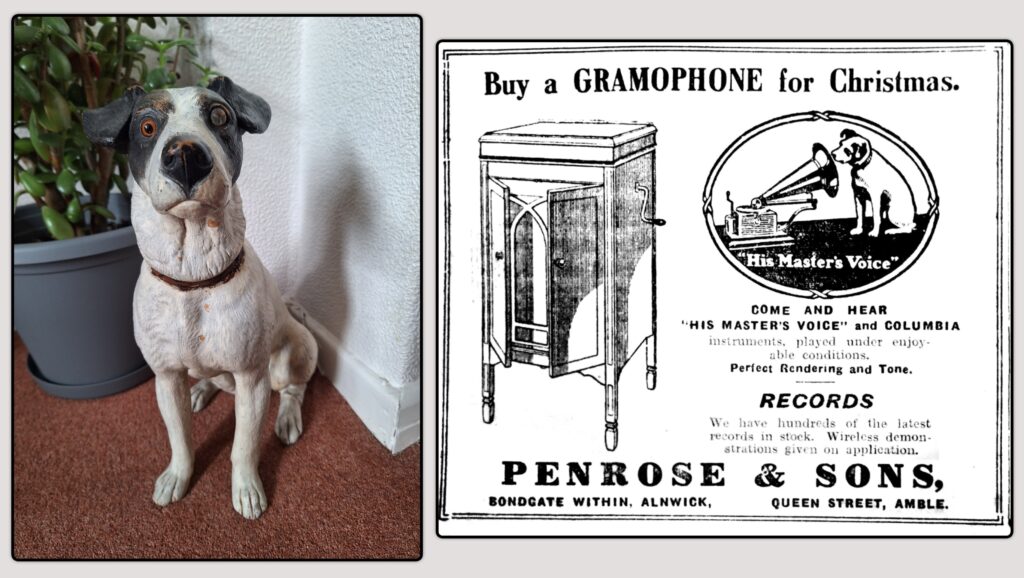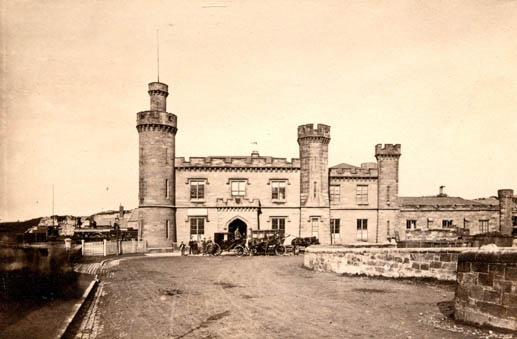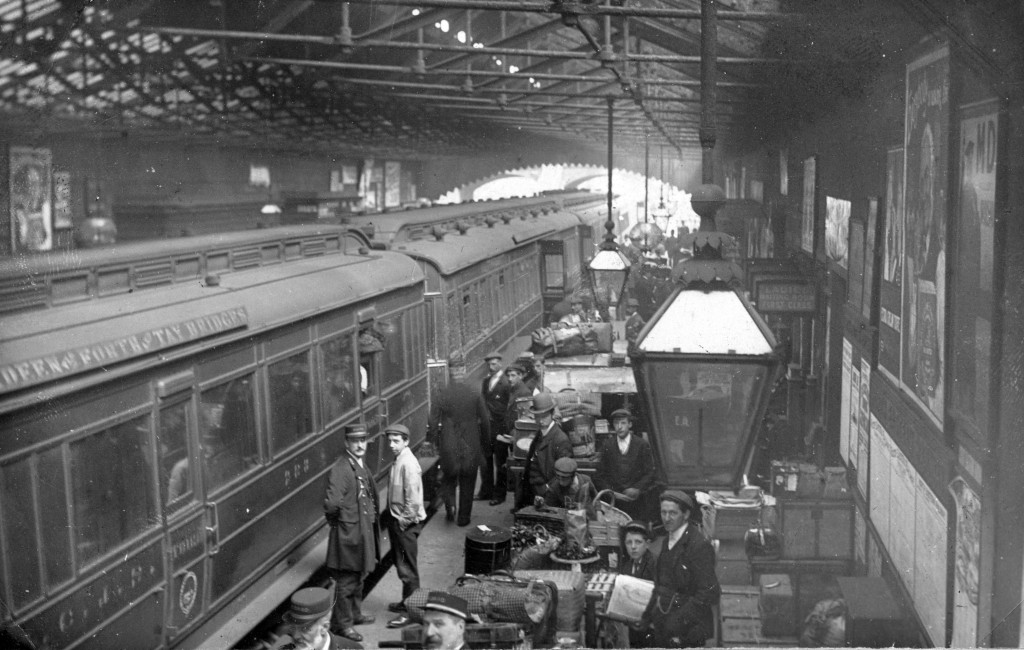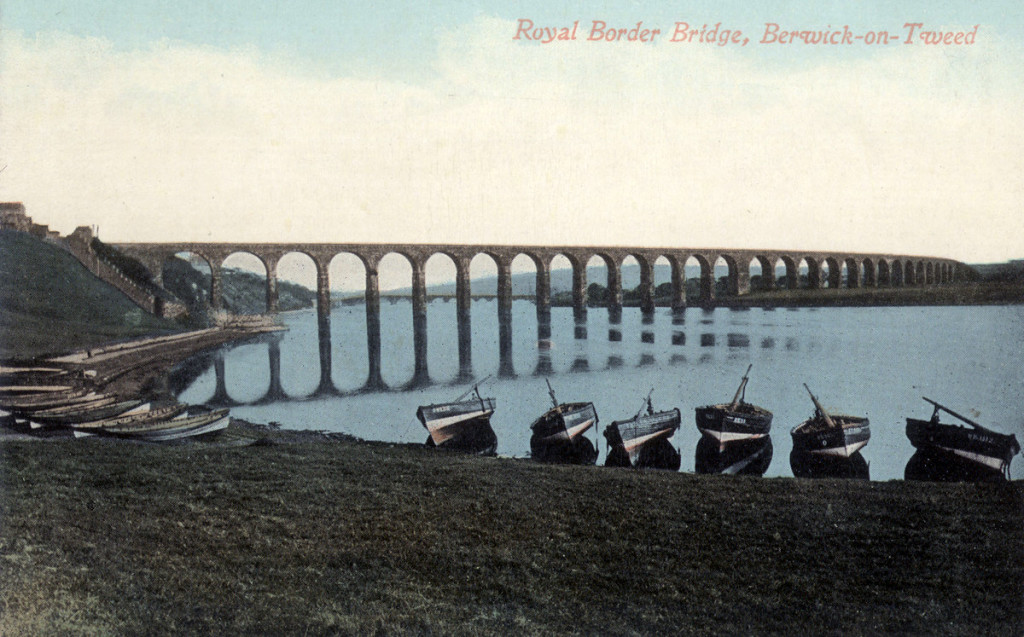The idea of community seems to have changed over the years. Being part of one meant being part of a pseudo-family; everyone helped everyone out and supported them whether it be in business or with a special event. The Penroses were part of the fabric of the Alnwick community, and thanks to a contract, are still written into that fabric; their name standing proudly above 23 Bondgate Within.

Jane ‘Penny’ Penrose was the only child of William and Jane and was born in August 1922. She was brought up in the family business, but due to the unfortunate falling out between her father and his siblings, had no contact with her familial cousins even though they resided in Amble.
Her job in the shop was to listen to and write down the music charts so that customers were aware of what was what in the music world. She was a well-known face in Alnwick, and, as she grew older, she enjoyed dramatic arts, taking part in a dramatic society that would eventually become Alnwick Theatre Club.
She joined the war effort as a Nurse, starting at Lemmington Hall and later finding herself stationed in Londonderry. It was here she met Kenneth Lewis, a Navigator for the Fleet Air Arm. The story goes that Ken was due to fly out, having just met and fallen for Penny. He asked his Commanding Officer if he could stay another day as he’d just met the woman he wanted to marry. In a rather sad twist, the man who took his place as Navigator was shot down and killed. So, if Ken hadn’t made this plea, then I wouldn’t be writing this blog now!

The two married in 1944 at St. Michael’s Church, Alnwick and took over the running of the shop after the war. They soon produced a son, Michael in 1945, a daughter Jill in 1948 and finally another son, Peter in 1951.
Ken taught himself how to make and fix radios and in 1953, he had a go at building a television on which to watch the Coronation. The business went from strength to strength as technology developed, moving from LP to cassette tape, radio to television, batteries to charging cables and so on. The pair were hugely involved in the community – they were members of Alnwick Theatre Club, Round Table and Ladies Circle, The Alnwick Fair Committee (Ken was the first Chairman of the event in 1969), the Alnwick Chamber of Trade and the Rotary Club.

In 1976, their youngest son Peter left a career in teaching and re-trained as an Electronics Engineer, becoming a part of the Penrose empire. He repaired countless electricals over the years including: a Falcon tracker, an electromagnetic sheep feeder, a grain moisture tester, a Racing Pigeon weighing machine and a Bull ejaculator! The job also involved climbing ladders and sorting out aerials and satellite dishes; one of their clients being the Duke of Northumberland. The shop had a fantastic group of electricians over the years, but the stalwart remains David Darling, an Amble lad who began his apprenticeship for George Penrose and Sons at the age of 15 in 1964, semi-retiring in 2018 after 54 years.
Peter married Ann Bell in 1980 and they have two children, a son Nicholas (whose middle name is Penrose) and a daughter Sophie, the author of this blog.

At age 15, I worked in the shop as an assistant (albeit not a very good one!) helping at the counter and answering the phone. Fast forward 10 years and I learned a small part of the repair trade from my dad, fixing G.H.D hair straighteners. It was wonderful to feel part of the business in the way my father, grandfather and great grandfathers were.
In their final years, Ken and Penny could be seen behind the counter or in the office, chatting with customers and friends alike, appearing on the Playhouse stage to great aplomb and laughing and enjoying their grandchildren and great grandchildren in their house on the hill. Penny passed away in 2000 and a huge presence disappeared from our lives. With her and Ken went the generation that saw and did so much. They lived through wars but brought peace wherever they went.
Of course, technology has its advantages, but with progress comes huge change. Small businesses suffer when customers can find what they need online. It’s certainly cheaper to ‘buy a new one’ rather than get it repaired.

The final Penrose, Peter, retired from the business in 2017 and passed it into the very capable hands of Guy Filer and his wife Sarah. They continued to trade from the premises under the name ‘Penroses’ for two years before it became impossible to continue. Unfortunately, this seems to be the case now for many local and family businesses and it has had a huge impact on a town that was once a thriving and vibrant community. Their business has however continued in a different vein, focussing just on aerial and satellite work.
The Penrose family have reconnected on occasion; Peter visited his Great-Uncle Fred at his house in Amble when he moved back to the area in the 70s. He also met family again in later years at the funeral of a cousin and Fred’s great-grand-daughter joined Alnwick Theatre Club, taking part in their annual pantomime. Penny would have been proud.

